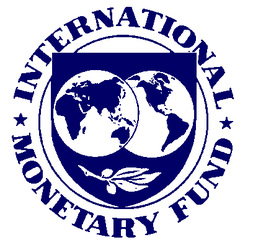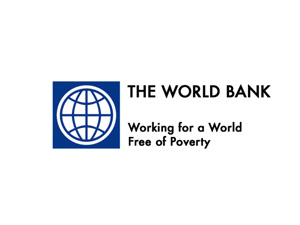Future Prospects
General Development Suggestion Trends:
● Stress development of financial assistance programs that replace foreign direct investment in favor of assisting the promotion of private sector entrepreneurial pursuits (Ex: Overseas Private Investment Corporation, Egyptian-American Enterprise Fund)
● Emphasize the distinction between transparency and trade liberalization, noting the need to allow moderate protectionism while still fostering greater accountability for multi-lateral negotiation terms and financial allocations
● When applicable, seek out BIT’s so as to encourage foreign investment and ultimately
strengthen domestic industry and diversify export commodities
● Look to engagements that enhance North-South trade relations through the reduction
of trade barriers for developing nations and select commodities, also aiming for an
expansion of eligible products (Ex: QIZ, GSP)
● Avoid, for the time being, Free Trade Agreements that pose an inherent risk to nascent,
domestic industrial development
● Stress development of financial assistance programs that replace foreign direct investment in favor of assisting the promotion of private sector entrepreneurial pursuits (Ex: Overseas Private Investment Corporation, Egyptian-American Enterprise Fund)
● Emphasize the distinction between transparency and trade liberalization, noting the need to allow moderate protectionism while still fostering greater accountability for multi-lateral negotiation terms and financial allocations
● When applicable, seek out BIT’s so as to encourage foreign investment and ultimately
strengthen domestic industry and diversify export commodities
● Look to engagements that enhance North-South trade relations through the reduction
of trade barriers for developing nations and select commodities, also aiming for an
expansion of eligible products (Ex: QIZ, GSP)
● Avoid, for the time being, Free Trade Agreements that pose an inherent risk to nascent,
domestic industrial development
Regional Analysis:
Regional Frameworks
Prospective Reforms
A number of the problems mentioned above associated with the GAFTA also impacts trade policy and investment between North African countries and the U.S. Lack of market information significantly hampers the ability of foreign investors to assess risk and make investments. Improving the access and reliability of market information, the quarterly earnings and projections of companies and other key investment factors would significantly improve the investment climate and bring more capital into the North Africa region. Increased access to capital would allow countries to diversify their export
markets as well as develop infant industries. In the cases of Egypt and Tunisia increased capital flow would help the economies to recover from significant losses due to recent political changes, it would also help to stabilize future governments in these countries.
Regional Frameworks
- GAFTA- Greater Arab Free Trade Area, an FTA between Arab nations that wascreated through the Arab League. In a conference evaluating the effectiveness of the agreement, an economist described some of the reasons for incomplete implementation, including:“difference in economic systems, similarity of production structure and traded goods, lack of adequate transportation infrastructure compounded by distance, overprotection, heavy reliance on trade taxes, lack of market information and poor competitiveness of products" (Proceedings of the Agricultural Policy Forum on “The Great Arab Free Trade Area: Impact on Arab Economies” held in Damascus on October 22, 2009”)
- MEFTA- Middle East Free Trade Area, Former Pres. George W. Bush’s stated aim of creating a zone in the Middle East of FTAs with the United States by 2013. As part of this goal, the U.S. supports WTO membership for countries willing to liberalize their economies as well as initiating TIFAs with a number of countries in the region.
Prospective Reforms
A number of the problems mentioned above associated with the GAFTA also impacts trade policy and investment between North African countries and the U.S. Lack of market information significantly hampers the ability of foreign investors to assess risk and make investments. Improving the access and reliability of market information, the quarterly earnings and projections of companies and other key investment factors would significantly improve the investment climate and bring more capital into the North Africa region. Increased access to capital would allow countries to diversify their export
markets as well as develop infant industries. In the cases of Egypt and Tunisia increased capital flow would help the economies to recover from significant losses due to recent political changes, it would also help to stabilize future governments in these countries.



